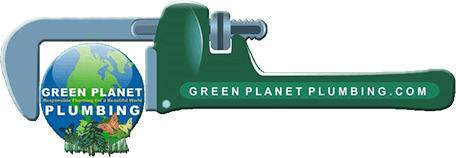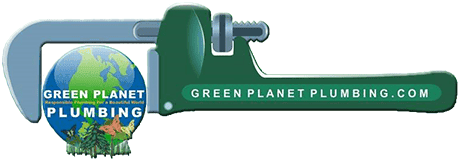When taking a trip to the restroom, most of us don't think about what happens to our "business" once we flush the toilet. In most cases, it's a prime example of "out of sight, out of mind." However, what we flush impacts our homes' plumbing systems, municipal sewer systems, sewage treatment plants, and even the environment.
WHAT HAPPENS TO WHAT YOU FLUSH?
Your Home’s Plumbing System
Your home’s plumbing system has two main parts: one supplies your home with clean, treated water, and the other carries away wastewater and sewage. This latter part is called the drain-waste-vent system, and it’s made up of drain pipes, waste pipes, and pipes that provide ventilation for sewer gases.
When you flush something down the toilet, it starts a journey through your home’s drain-waste-vent system. It travels through those pipes and ends up at the main drain underneath your home. The main drain carries the waste from your house to the municipal sewage system.
The Municipal Sewer and Treatment Plant
Once the waste leaves your property, it travels through your local sewer system. Eventually, it ends up in your city’s sewage treatment plant, where it undergoes several stages of processing. During one of the stages, the treatment plant separates the solid human waste from the wastewater and treats each separately to remove pollutants, harmful microorganisms, and other contaminants.
Once it has been treated, some of the wastewater is deemed safe enough to be released back into local waterways. Some of the solid waste (or sludge) is processed so that it can be used as crop fertilizer and fuel to continue powering waste treatment facilities. However, most of the treated sludge is discarded in landfills.
THE IMPACT OF WHAT YOU FLUSH
What you flush can have a strongly negative impact on your home’s plumbing system, your city’s sewer system and treatment plants, and even nearby waterways. Your home’s drain and waste pipes are not very wide in diameter, so it’s much easier for a clog to form than you might think. Human waste and toilet paper break down easily in water. Many other types of material, including paper towels, facial tissues, personal wipes, and feminine hygiene products, hold their shape against moisture for a long time.
These types of products not only cause clogs in residential drains but in municipal sewer lines as well. This problem has been heightened by the 2020 toilet paper shortage across the United States, which has been causing Americans to flush toilet paper “replacements.” In Seattle, local utility companies have reported issues with their pumps and pipes becoming clogged with paper towels, napkins, and personal wipes.
Clogged municipal sewer lines can have unfortunate consequences on the local environment. When a clog becomes severe enough, it can cause burst pipes and backflows of sewage that can enter the ground and the water. A prime example of this occurred during the summer of 2019 when 165,000 gallons of sewage overflowed into the water near Seattle's Golden Gardens Park.
Bottom Line
Now that you know why it’s bad to flush things other than “your business” and toilet paper, spread the word! While it might seem convenient to flush a paper towel or a personal wipe down the toilet, that decision can ultimately impact your home, your community, and your local environment.
At Green Planet Plumbing & Sewer, LLC, we are committed to repairing and maintaining sustainable and eco-friendly plumbing systems for families and businesses throughout Seattle and the surrounding areas: (206) 207-7625.


